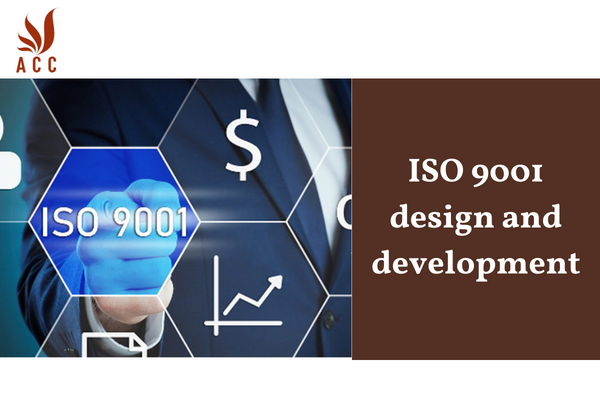Design and development are essential processes for any organization that produces products or services. By following the requirements of ISO 9001, organizations can ensure that their design and development processes are effective and efficient, and that they meet the needs of their customers and other stakeholders.
This paragraph introduces the topic of ISO 9001 design and development, and provides a brief overview of the importance of these processes. It also mentions the benefits of following the ISO 9001 requirements.

ISO 9001 design and development
1. Introduction
Design and development is a critical process for any organization that produces products or services. It is the process of creating a new product or service that meets the needs of the customer and the organization.
ISO 9001:2015, the international standard for quality management, requires organizations to have a well-defined design and development process. This process should be documented and controlled to ensure that it is effective and efficient.
2. Requirements
ISO 9001:2015 specifies the following requirements for design and development:
- The organization must plan and control the design and development process.
- The organization must identify and address the needs of the customer and the organization.
- The organization must ensure that the design and development process meets the requirements of the organization's quality management system.
- The organization must ensure that the design and development process produces products or services that are safe and fit for purpose.
3. Implementation
To implement ISO 9001:2015 requirements for design and development, organizations should consider the following steps:
- Define the scope of the design and development process. What products or services are covered by the process?
- Identify the inputs to the design and development process. What information is needed to create the product or service?
- Define the outputs of the design and development process. What will be produced at the end of the process?
- Develop procedures for the design and development process. These procedures should include steps for planning, controlling, and verifying the process.
- Implement the procedures and monitor their effectiveness.
4. Benefits
Implementing ISO 9001:2015 requirements for design and development can provide organizations with a number of benefits, including:
- Improved product or service quality
- Reduced costs
- Increased customer satisfaction
- Increased compliance with regulatory requirements
5. Conclusion
Design and development is a critical process for any organization that produces products or services. By implementing ISO 9001:2015 requirements for design and development, organizations can improve the quality of their products or services, reduce costs, and increase customer satisfaction.
6. Frequently asked questions
Q1: What is the significance of ISO 9001 in design and development processes?
A: ISO 9001 ensures that organizations establish and maintain a systematic approach to design and development, leading to improved product quality and customer satisfaction.
Q2: How does ISO 9001 address risk management in the design and development stage?
A: ISO 9001 requires organizations to identify and assess risks associated with design and development, allowing them to implement effective risk mitigation strategies.
Q3: What documentation is essential for compliance with ISO 9001 in design and development?
A: Organizations must maintain comprehensive documentation, including design inputs, outputs, reviews, and changes, to meet ISO 9001 requirements and facilitate traceability.
Q4: How does ISO 9001 promote customer involvement in the design and development process?
A: ISO 9001 encourages organizations to involve customers in defining requirements, ensuring that the final product aligns with customer expectations and enhances overall satisfaction.
Q5: Can you explain the concept of verification and validation in the context of ISO 9001 design and development?
A: Verification ensures that design outputs meet specified requirements, while validation confirms that the product satisfies customer needs and intended use, both crucial elements of ISO 9001.
Nội dung bài viết:






Bình luận